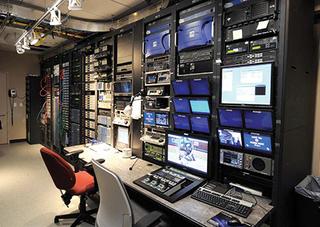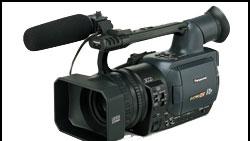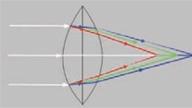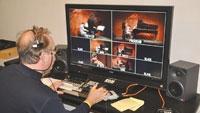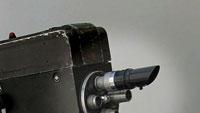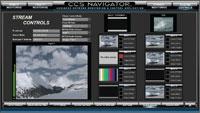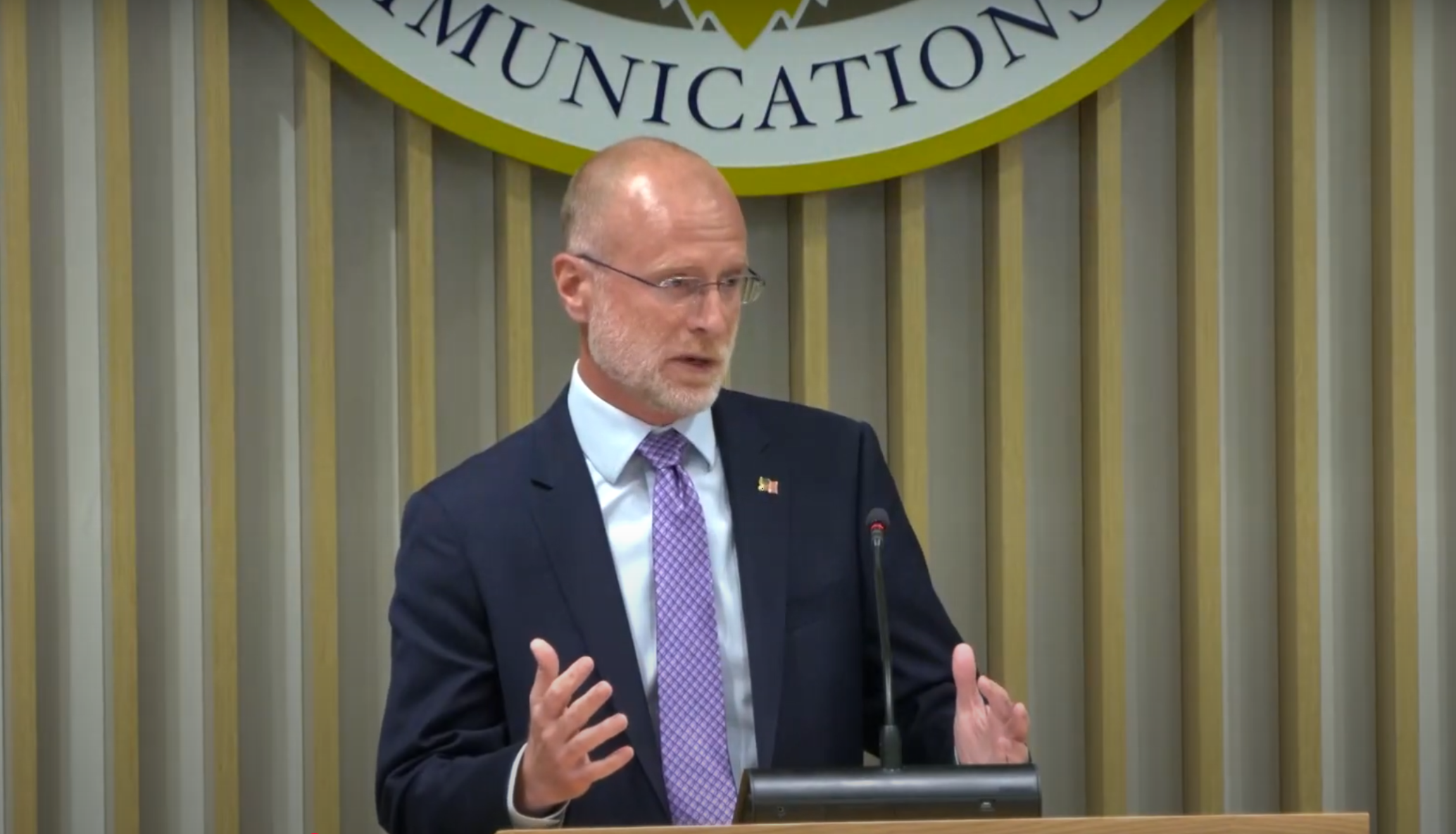JOHN LUFF
Latest articles by JOHN LUFF
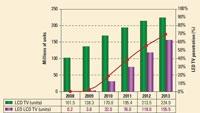
Display technology
By JOHN LUFF published
Some of us remember Conrac monitors in broadcast stations being the crme de la crme. Conrac still manufactures CRTs for broadcast use (4:3 only), but

File-based workflows
By JOHN LUFF published
Change is good in life. It is what encourages new thoughts and approaches to many things. The broadcast industry has seen three distinct eras in technology
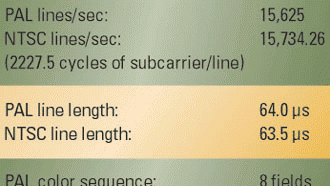
HD and SD scopes
By JOHN LUFF published
From the general-purpose oscilloscope, manufacturers have adapted a specialized version, the “waveform monitor,” to simplify its use for video and TV — and now, for digital TV.
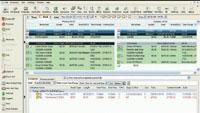
Master control rooms
By JOHN LUFF published
Rather than switching to lights out, unmanned operations, broadcast stations still require an engineer
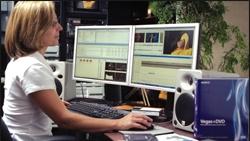
Post-production evolution
By JOHN LUFF published
A look at the evolution of the post-production process
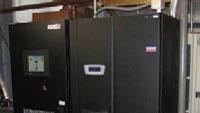
Backup and UPS power
By JOHN LUFF published
A few years ago, I visited a satellite transmission facility in a remote location that was designed to operate off grid if necessary for a considerable

Satellite services and systems, part 2
By JOHN LUFF published
Last month's column began with a short reference to the first transatlantic satellite transmission over Telstar (1965). Of course, the more interesting

Satellite services and systems, part 1
By JOHN LUFF published
Satellites first were used in television for short-duration transatlantic interconnection. Short could mean a few minutes, but at the time it was a technological
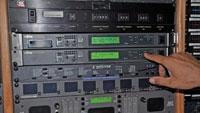
Video encoders
By JOHN LUFF published
In the July column, A switcher's life cycle, I spoke about product life cycle and product maturity. Nowhere is this a more appropriate concept than when
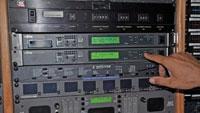
Video encoders
By JOHN LUFF published
It is often assumed that when someone is speaking of encoders, they're referring to MPEG-2. But with the expansion of encoding platforms and video compression

Camera crossover
By JOHN LUFF published
Cameras can be thought of as optical analog-to-digital (A/D) converters these days. Photons respond in the lens as waves, and the sensor converts photons

Metadata
By JOHN LUFF published
Many years ago, SMPTE and EBU joined forces to work on harmonizing content-related issues associated with interchanging digital bit streams. Though the
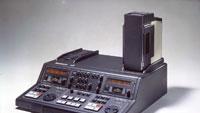
A recording conundrum
By JOHN LUFF published
The history of video recording has a remarkably short timeline, at least in the commercial sense. The first generally available solution was the Ampex

Can you hear me now?
By JOHN LUFF published
This is supposed to be a communications business. We build visual and audio communications with our viewers. Everything behind the scenes is done to get

Monitor from your sofa
By JOHN LUFF published
In an ideal world, the master control operator in a TV station could sit anywhere on the planet. He or she would be able to see images in essentially
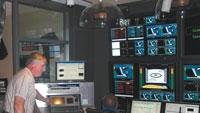
Master control systems
By JOHN LUFF published
Master control has an auspicious sound to it. When you hear the words master control, you think of a technology that keeps everything running perfect
The professional video industry's #1 source for news, trends and product and tech information. Sign up below.
